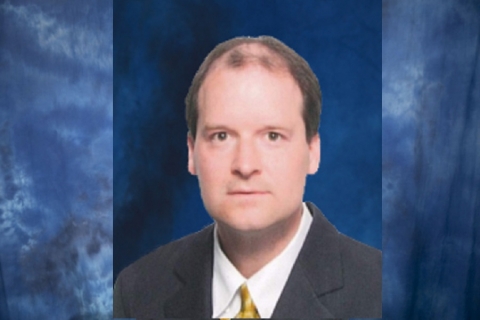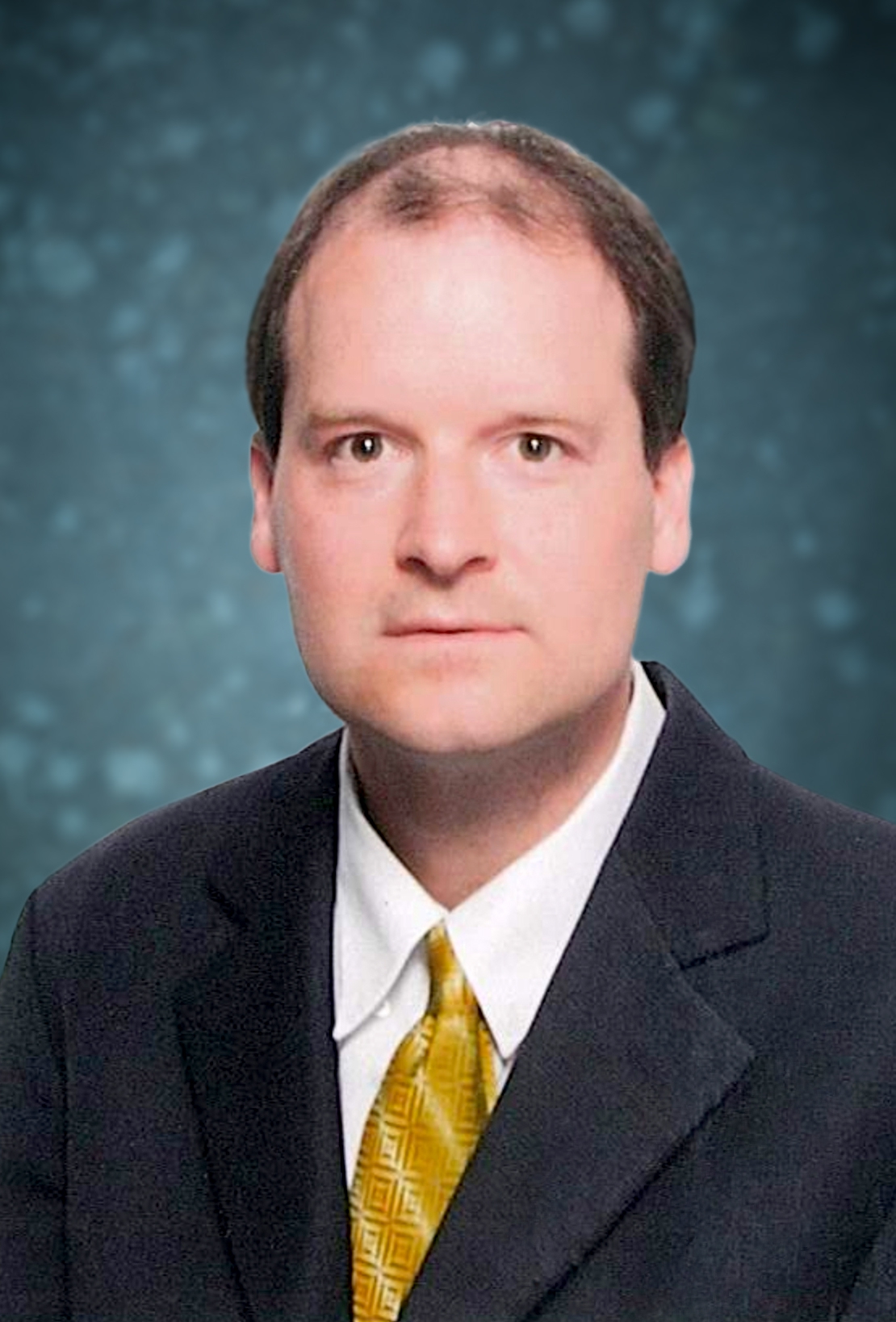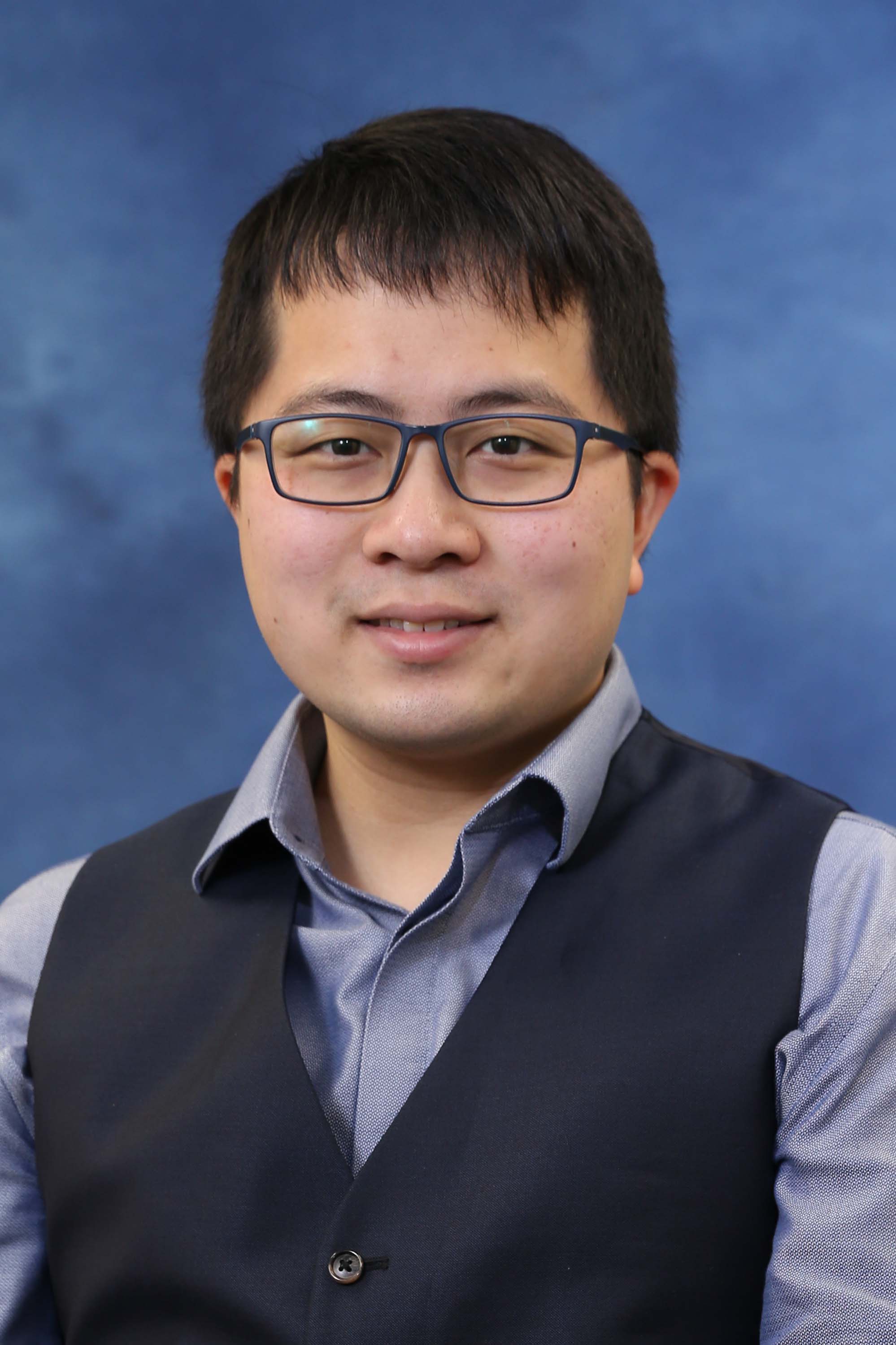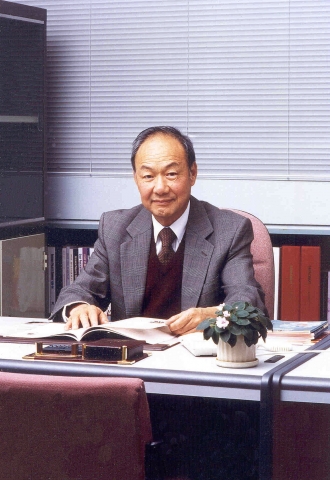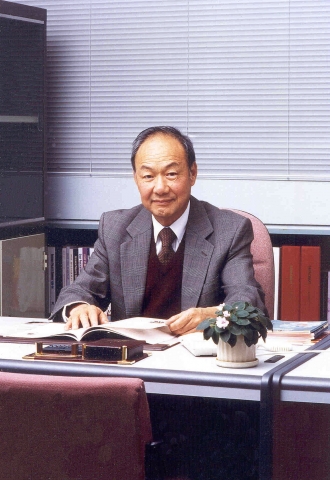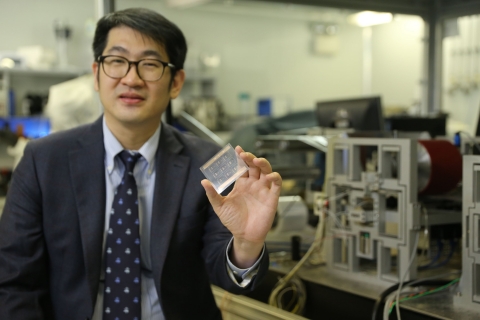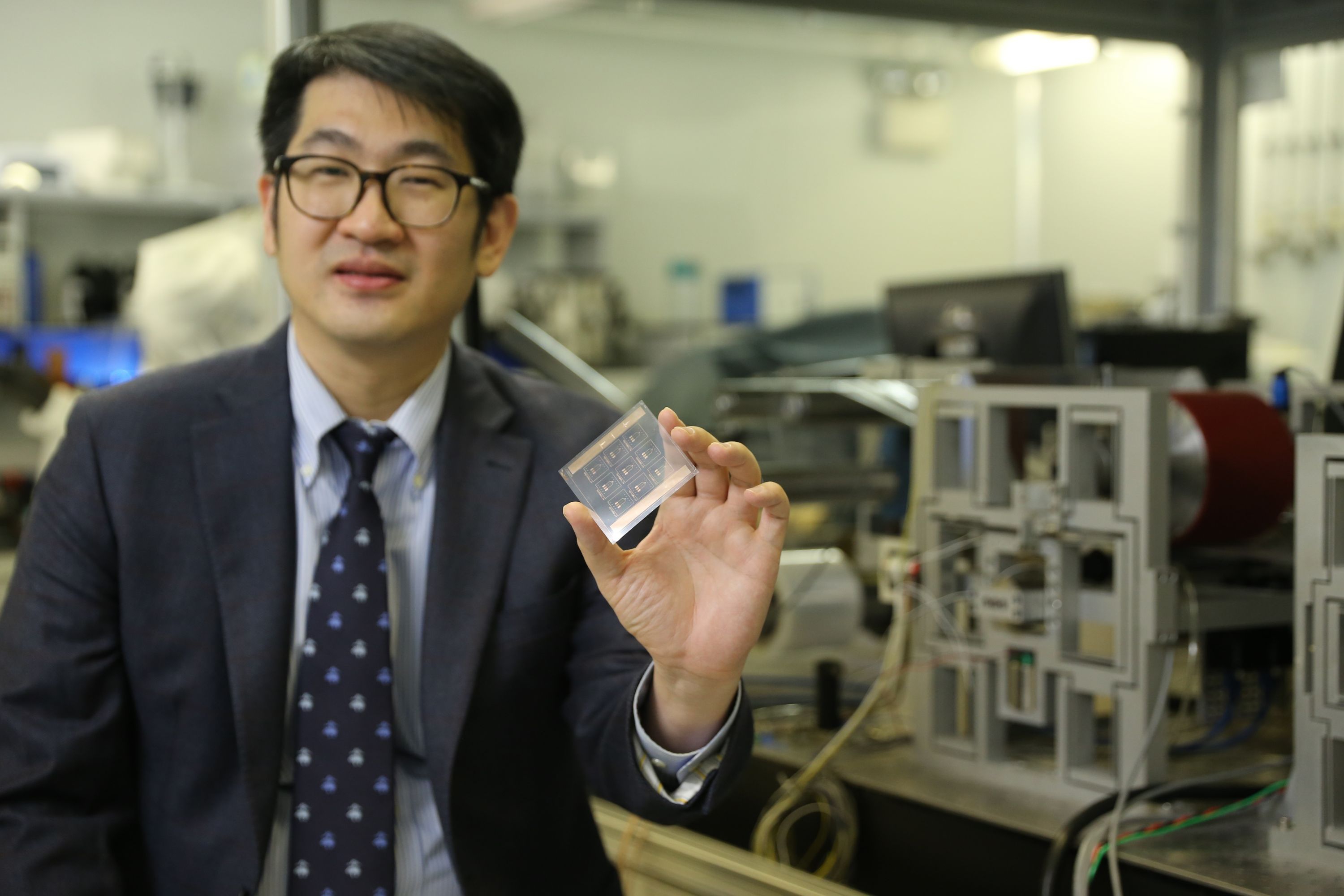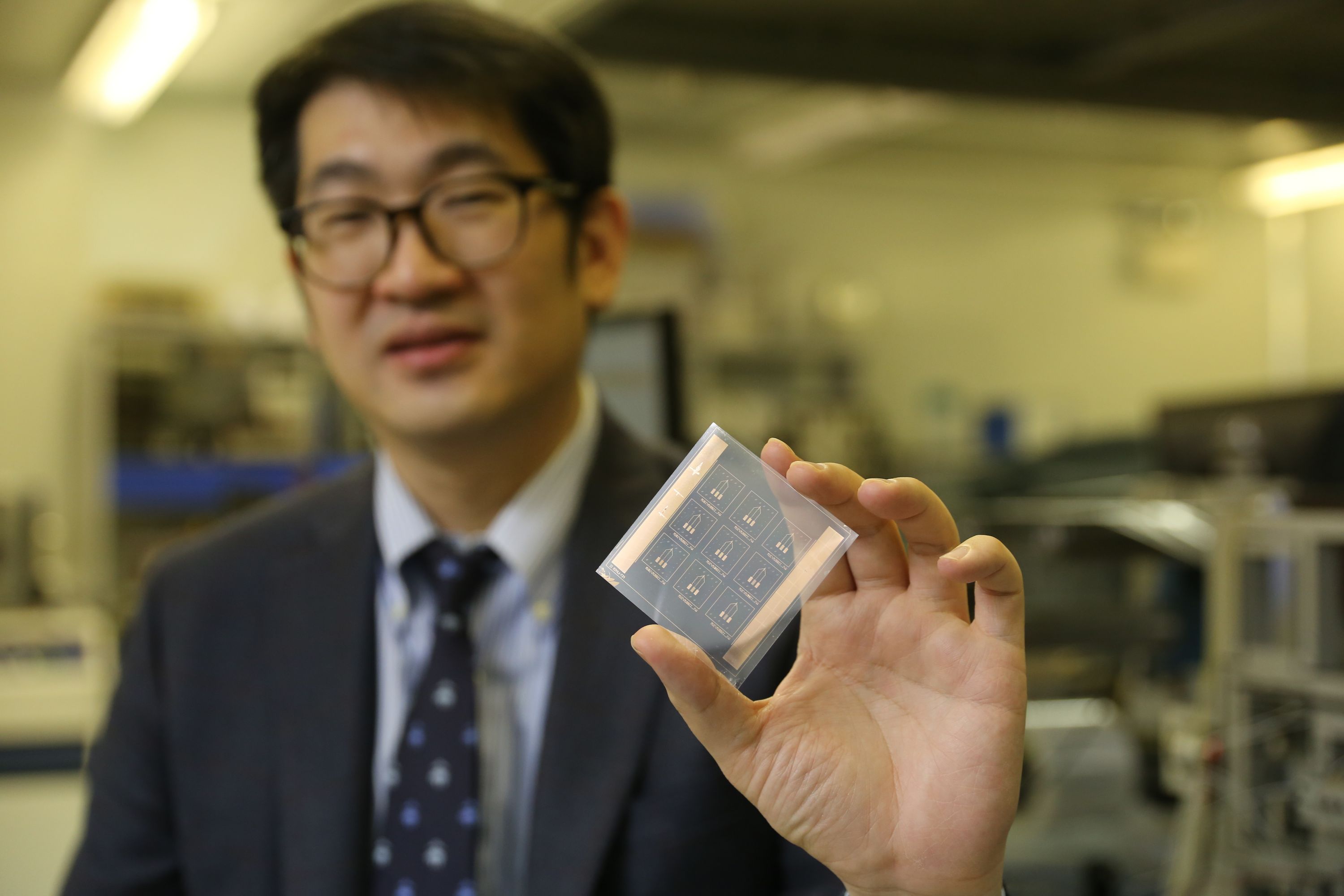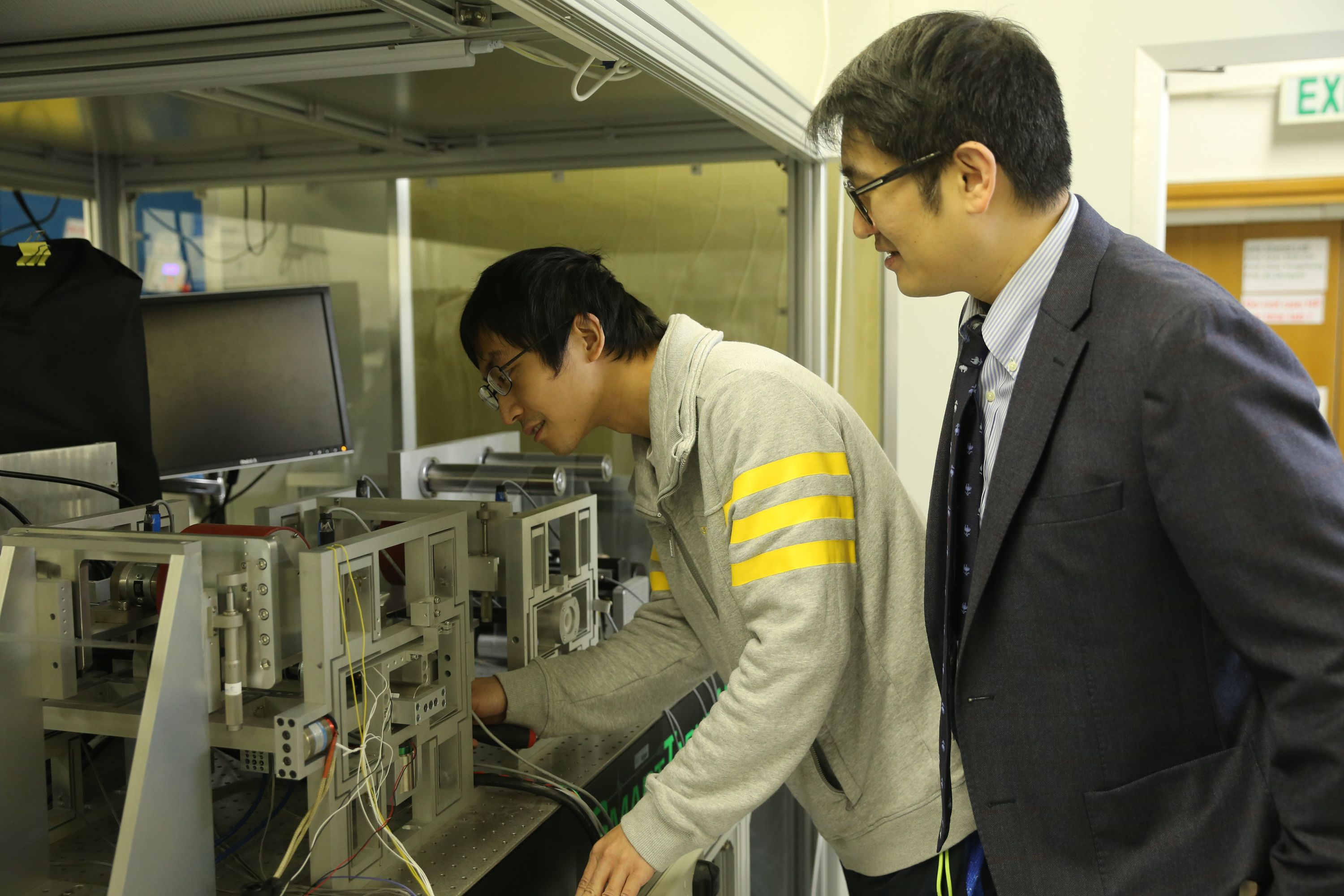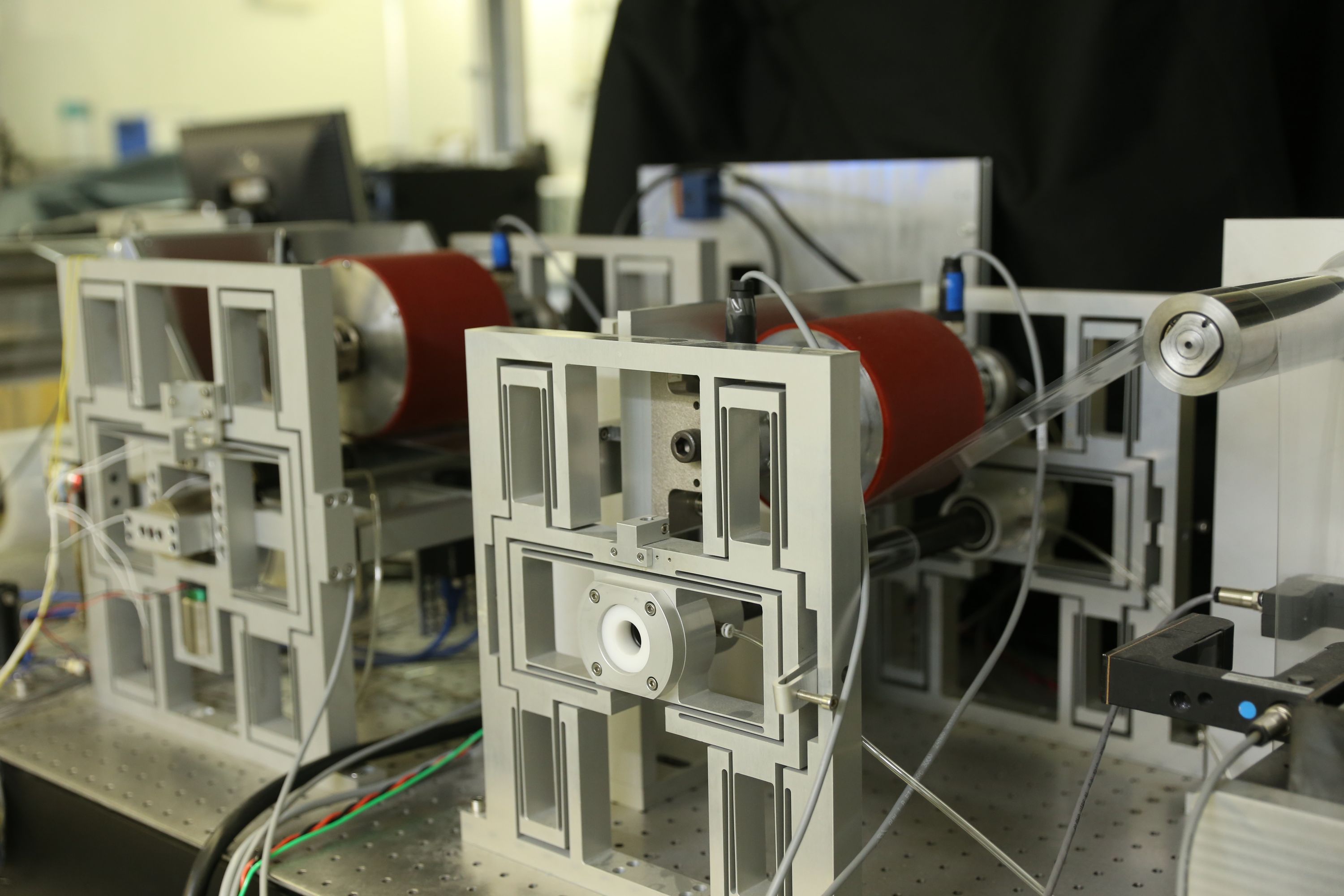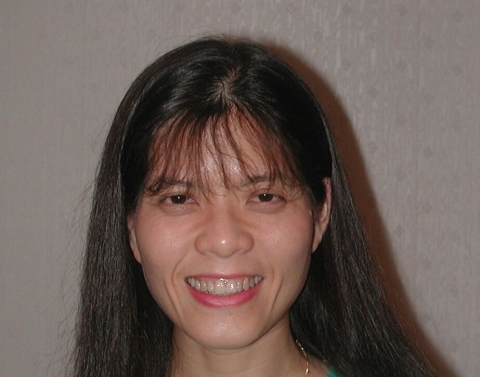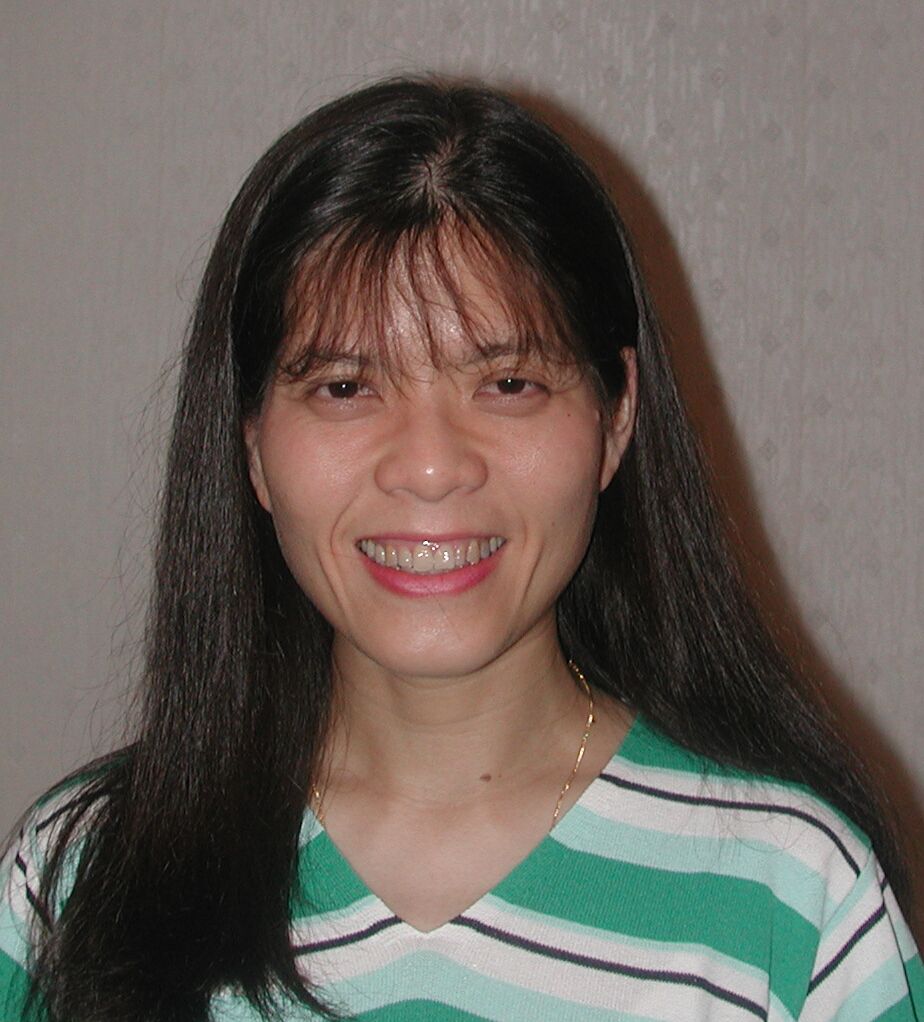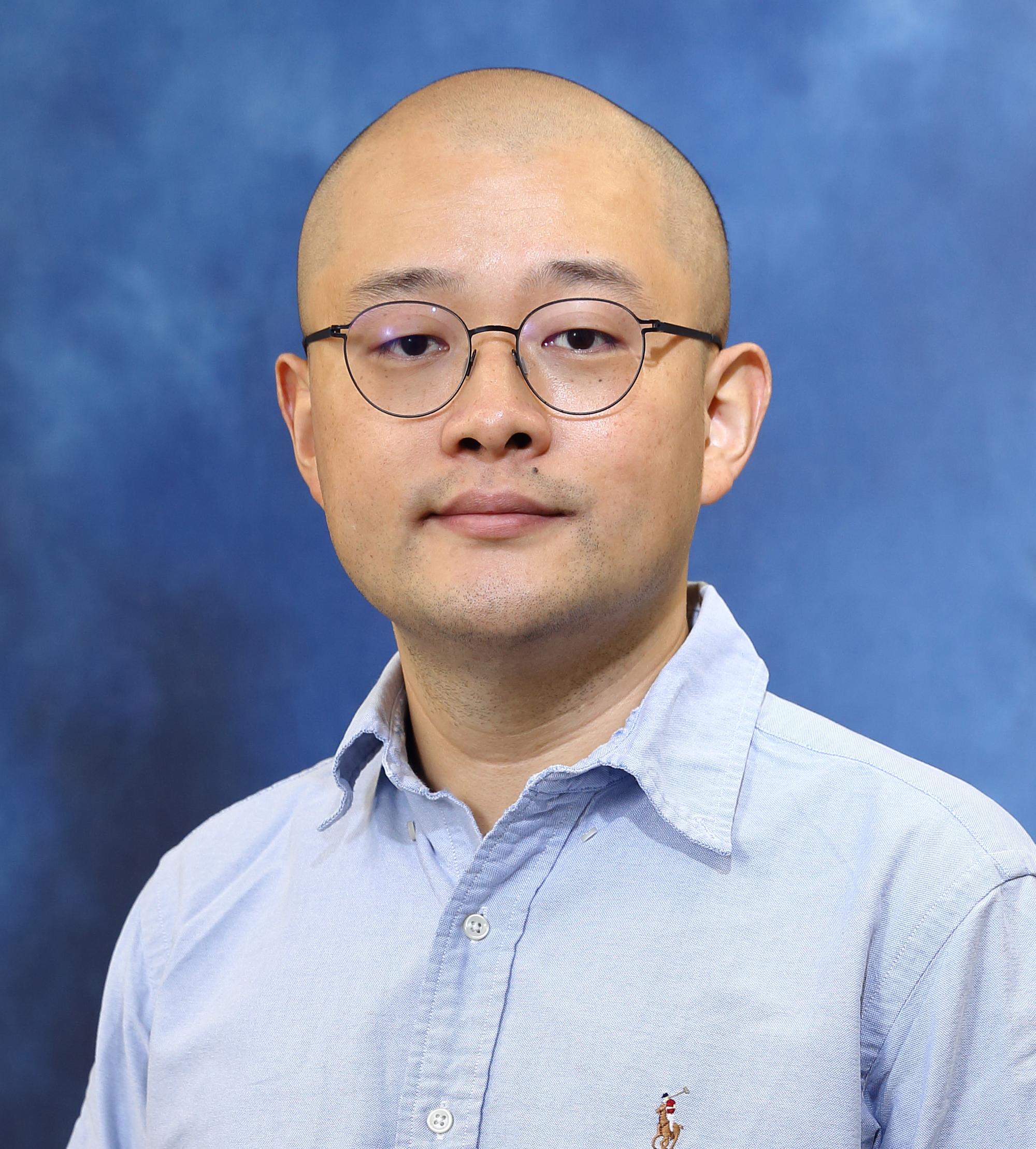Professor Pascal O. Vontobel from the Department of Information Engineering at The Chinese University of Hong Kong (CUHK) has been, this year, elected a Fellow of the Institute of Electrical and Electronics Engineers (IEEE) with the citation “for contributions to graphical models for channel coding”. There are currently 35 IEEE Fellows in the Faculty of Engineering at CUHK. Professor Pascal O. Vontobel Professor Vontobel received his Diploma degree and PhD degree in electrical engineering from ETH Zurich, Switzerland, in 1997 and 2003, respectively. Before joining CUHK in 2014 as an associate professor, he was a postdoctoral research associate at the University of Illinois at Urbana-Champaign and the Massachusetts Institute of Technology, as well as a research scientist at Hewlett-Packard Laboratories in Palo Alto, California, USA. Channel coding, also known as error-control coding, is at the heart of the global information transmission and storage infrastructure, as it provides techniques for achieving reliable transmission and storage. For example, the 5G telecommunications standard uses so-called low-density parity-check (LDPC) codes for achieving reliable transmission while communicating with mobile devices. In his work, Professor Vontobel has made pioneering contributions to a better understanding of LDPC codes, in particular on how to detect weaknesses of LDPC codes and how to avoid these weaknesses when designing LDPC codes that can be used in practice. More generally, he has developed rigorous techniques for analysing graphical models and their algorithms in various application areas beyond channel coding, and most recently, in quantum information processing. Professor Vontobel served as an Associate Editor for the IEEE Transactions on Information Theory and the IEEE Transactions on Communications. He was a TPC Co-Chair of the 2016 IEEE International Symposium on Information Theory and the 2018 IEEE Information Theory Workshop. He was a Distinguished Lecturer of the IEEE Information Theory Society and a plenary speaker at international information and coding theory conferences. About IEEE The IEEE is the world's largest professional organisation dedicated to advancing technological innovation and excellence for the benefit of humanity, with more than 430,000 members in over 160 countries. IEEE Fellow is the highest grade of membership and is recognised by the technical community as a prestigious honour and an important career achievement. The total number of recipients each year does not exceed 0.1% of the total voting IEEE membership. |
|

